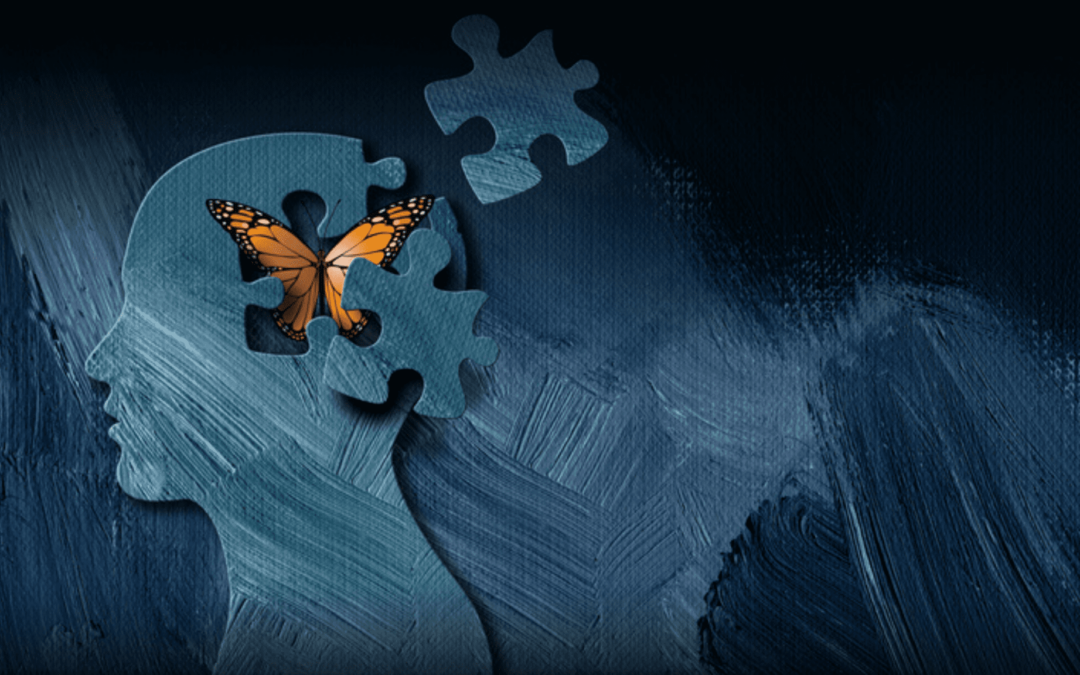A guest blog by Kimberlee Cannon, LISW-CP, AADC, CS, Program Manager of Treatment Services
Nearly 75% of individuals who seek substance use disorder treatment identify having been exposed to or witnessing a traumatic event, situation, or experience.
Additionally, research indicates that trauma is a risk factor for developing a substance use disorder and/or a behavioral health disorder. EMDR (Eye Movement Desensitization and Reprocessing) therapy is an evidence-based psychotherapy approach for treating trauma and substance use disorders.
So, what is EMDR and how does it work?
Simply put, EMDR helps an individual process and cope with experiences from the past while enhancing and improving an individual’s life in the present and future. When an individual endures a stressful experience, the brain has a difficult time processing or categorizing this experience. This may result in an individual feeling “stuck” or feeling as if they are reliving the experience over and over again. Individuals who have witnessed or experienced trauma may feel lasting symptoms associated with that specific trauma. Any trauma experience can lead to an increase in trauma symptoms for that individual, including intrusive thoughts, nightmares, loss of memory, difficulty concentrating, confusion, mood swings, detachment, guilt, shame, and a myriad of other cognitive, behavioral, physical, and psychological symptoms. This is because trauma is stored in the body, which is why those that have endured or witnessed a stressful or traumatic experience often suffer many physical, cognitive, psychological, and behavioral symptoms. These symptoms of trauma can block and overwhelm the brain’s natural ability to heal itself. To counteract this, EMDR activates the brain’s innate ability to heal itself from within. EMDR works by stimulating both sides of the brain, also called bilateral stimulation, using eye movements with a light bar or guiding fingers, tactile hand-held devices, or auditory sound through headphones, to reprocess the identified trauma as the individual holds the thoughts, emotions, or memories associated with the stressful experience in their brain. The disturbing memories are reprocessed, resulting in painful feelings and emotions being exchanged for more peaceful feelings and emotions. Bilateral stimulation and reprocessing allow the brain to then store the stressful experience appropriately. EMDR will not take away memories of the traumatic experience, but it will work to reduce how upsetting and disturbing those traumatic memories and experiences are for a person.
Is it helpful?
With EMDR, many individuals report a significant decrease in trauma symptoms and a reduction in symptoms associated with PTSD. EMDR is a great resource for many individuals because it does not require the individual to discuss their specific trauma in detail. During the EMDR process, the individual is in full control; the therapist simply serves as a guide. EMDR supports the brain’s natural healing mechanism and allows the individual to reprocess a traumatic experience with the help of a trained clinician to guide the individual through the process. EMDR can also be specifically helpful for those with substance use disorders. It can be utilized to assist with a reduction in triggers and cravings for individuals with substance use disorders, which can enhance and improve treatment outcomes.
Is EMDR effective?
Studies on the efficacy of EMDR have shown that EMDR can be more effective than traditional talk-based therapies, and it has been recognized as an effective treatment by the American Psychiatric Association, the World Health Organization, the Department of Veterans Affairs, and the Department of Defense. Individuals who engage in EMDR therapy often report feeling more empowered and having a more positive view of self. LRADAC supports the use of evidence-based practices and has many clinicians trained in EMDR. Therefore, our clinicians use EMDR therapy to support the treatment process so that our patients achieve the best possible treatment outcomes.
How do I engage in EMDR treatment?
For an individual to engage in EMDR through LRADAC, individuals must complete the alcohol and drug treatment portion before transitioning into trauma-based services. To engage in treatment services through LRADAC, an intake and assessment can be completed on a walk-in basis Monday – Thursday from 8:30 am – 3:00 pm.
About EMDR therapy. EMDR International Association. (2021, December 13). Retrieved February 17, 2022, from https://www.emdria.org/about-emdr-therapy/
Experiencing EMDR therapy. EMDR International Association. (2021, September 15). Retrieved February 17, 2022, from https://www.emdria.org/about-emdr-therapy/experiencing-emdr-therapy/
EMDR therapy and addictions: An evolving landscape. EMDR International Association. (2021, August 9). Retrieved February 17, 2022, from https://www.emdria.org/public-resources/emdr-and-addictions/
Trauma causes, statistics, signs, symptoms & side effects. Addiction Hope. (2021, May 3). Retrieved February 17, 2022, from https://www.addictionhope.com/trauma/
What is EMDR? EMDR Institute – EYE MOVEMENT DESENSITIZATION AND REPROCESSING THERAPY. (2020, June 29). Retrieved February 17, 2022, from https://www.emdr.com/what-is-emdr/
National Council for Behavioral Health. (n.d.). How to Manage Trauma – National Council For Behavioral Health. Retrieved February 17, 2022, from https://www.thenationalcouncil.org/wp-content/uploads/2013/05/Trauma-infographic.pdf?daf=375ateTbd56.
Edited by Wendy Manwarren GeneresReviewed by Kristen Fuller, M. D. L. U. F. 15. (2022, February 15). EMDR Therapy & Substance Abuse Treatment Near Me. American Addiction Centers. Retrieved February 17, 2022, from https://americanaddictioncenters.org/therapy-treatment/emdr

